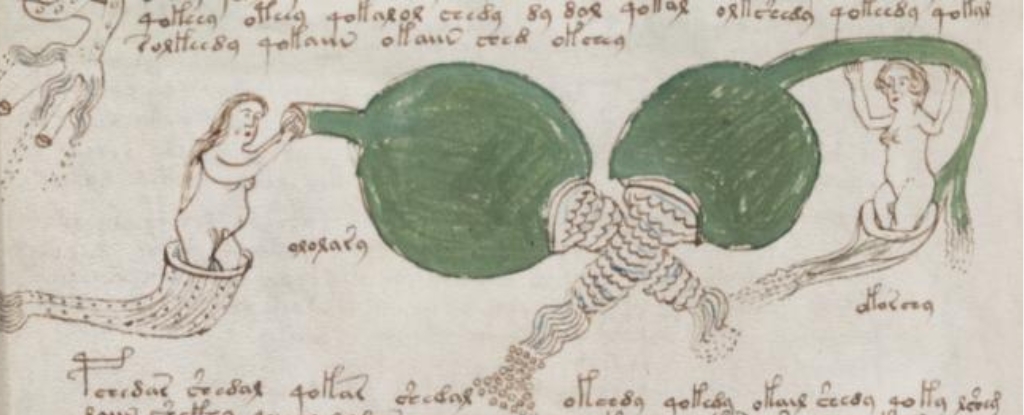Voynich Manuscript Finally Decoded? Medieval Sex Secrets May Hide in Mysterious Text

🌈 Abstract
The article discusses the Voynich manuscript, a late-medieval document that has long puzzled historians and the public. The authors propose that the manuscript contains information related to sex and conception, based on their analysis of the illustrations and the cultural context of late-medieval sexology and gynecology.
🙋 Q&A
[01] Late-medieval sexology and gynecology
1. What clues have research on the Voynich manuscript revealed about its origins?
- Carbon dating indicates the skins used to make the manuscript come from animals that died between 1404 and 1438.
- The earliest known owner was an associate of Holy Roman Emperor Rudolf II, who lived from 1552 to 1612, leaving over a century of ownership unaccounted for.
- Certain illustrations suggest the manuscript was made in the southern Germanic or northern Italian cultural areas.
2. What did the authors investigate to make sense of the illustrations of naked women in the manuscript? The authors investigated the culture of late-medieval gynecology and sexology, which physicians at the time often referred to as "women's secrets".
3. What did the authors learn about the attitudes and practices of late-medieval physicians, such as Johannes Hartlieb, regarding "women's secrets"?
- Hartlieb felt a strong apprehension about "women's secrets" becoming widely known, as he worried it could facilitate extramarital sex and be condemned by God.
- Hartlieb either refused or hesitated to write about certain topics, such as post-partum vaginal ointments, women's sexual pleasure, claims of women giving birth to animals, "correct" coital positions for conception, libido-altering dietary advice, and information about poisonous, hallucinogenic, contraceptive or abortive plants.
- Hartlieb believed such knowledge should be restricted from sex workers, commoners, children, and in some cases from women themselves, who were becoming increasingly literate.
4. What evidence did the authors find of censorship of "women's secrets" in this period?
- The authors decoded a number of ciphers from this period (but none from the Voynich manuscript), including a 21-line cipher from late-medieval northern Italy that obscured a recipe with gynecological uses, including abortion.
- The authors found many examples of authors self-censoring, or of readers erasing or destroying information in gynecological and/or sexological texts, often obscuring genital terms or plant names in recipes, and sometimes removing entire pages or chapters.
[02] The Rosettes
1. What is the authors' proposal regarding the Rosettes, the manuscript's largest and most elaborate illustration? The authors propose that the Rosettes represent a late-medieval understanding of sex and conception, with the nine large circles representing the seven chambers of the uterus and the two openings of the vagina, and the other features representing various beliefs about the anatomy and physiology of sex and conception at the time.
2. What specific features of the Rosettes illustration do the authors identify and interpret?
- The nine large circles represent the seven chambers of the uterus and the two openings of the vagina, with the central circle representing the outer opening and the top-left circle representing the inner opening.
- The eight outer circles have smooth edges to represent internal anatomy, while the central circle has a shaped edge to represent external anatomy.
- The five small veins running from the top-left circle towards the center represent the five small veins believed to exist in the vaginas of virgins.
- The yellow and blue "sperms" represent the male and female components necessary for conception.
- The lines and patterns depict the belief that women received pleasure from the motion of the two sperms in the uterus.
- The two horns or spikes on the top-right and bottom-right circles represent the belief that the uterus had two horns or spikes.
- The castles and town walls may represent wordplay on the German term "schloss", which had meanings including "castle", "lock", "female genitalia", and "female pelvis".
- The two suns in the top-left and bottom-right likely reflect the belief that the Sun provides natural heat to the embryo during its early development.